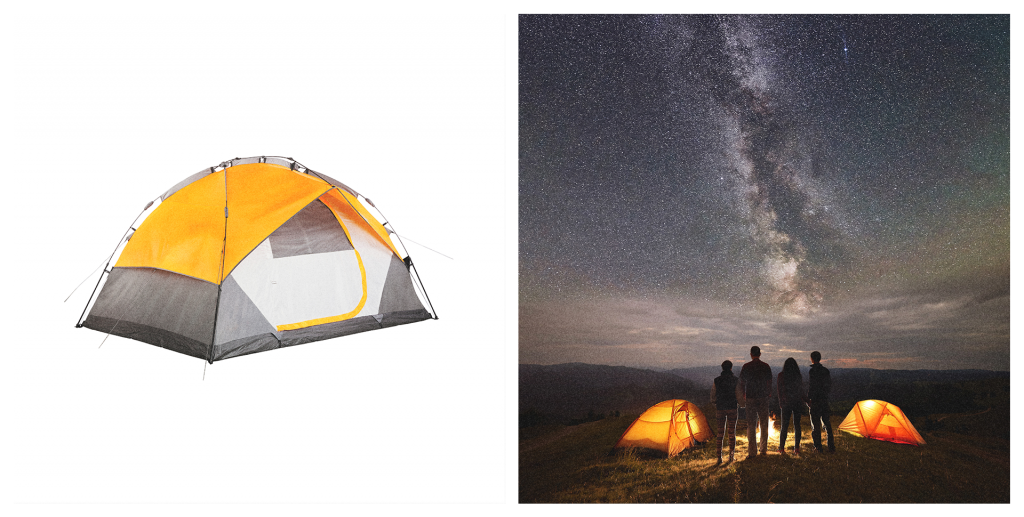
The Power of Visual Storytelling: How to be 1 in 100 Million
“Your audience will be more engaged and more easily remember what you share if visual imagery is included in your content.”
Grace Sensing
Today’s marketing climate puts a new spin on this common phrase. More than ever, consumers are being inundated with information, ads, entertainment, and sales pitches. According to SocialPilot, there are more than one hundred million photos uploaded to Instagram every day, and one billion Facebook stories are shared daily. So how do you stand out among all the competition vying for your audience’s attention? Visual storytelling.
What is visual storytelling?
Visual storytelling communicates your message in a clear, concise, and engaging way, using imagery like photos, videos, or graphics to create connection with the audience you seek to reach.
It’s a combination of a few important things:
- A medium that captivates your attention in a short amount of time, such as photos, videos, or graphics.
- “Shows” information instead of “tells.” This is another way to draw your audience in and creates an experience for them, making your content more engaging.
- Creates connection through experiences. Developing this connection helps your audience want to engage with your brand again and again.
- Motivates your audience to action. Since your audience is now more engaged and excited about what you have to share, they’re more likely to be ready to take the next step.
What makes visual storytelling important?
Let’s talk about the science behind visual storytelling. Dr. Med Kharbach of Educator’s Technology cites the following statistics from a One Spot infographic.
- Visuals are processed 60 times faster than text by the human brain and 90% of information transmitted to the brain is visual.
- Information in images is retained by 65% of people as compared to 10% of what they hear three days later.
- The brain releases dopamine into the system when it experiences an emotionally-charged event, making it easier to remember and with greater accuracy.
- When processing facts, two areas of the brain are activated (Broca’s and Wernicke’s area). A well-told story can engage many additional areas, including the motor cortex, sensory cortex, and frontal cortex.
What does all this mean for you? These facts illustrate that your audience will be more engaged and more easily remember what you share if visual imagery is included in your content. This, in turn, means that a modern marketing strategy can’t be complete without visual storytelling, since most social media platforms are already driven by image or video-based content (i.e. Instagram, Facebook, YouTube, etc.).
However, visuals aren’t the only important part: they work best combined with storytelling. Good storytelling stirs emotion (once again, helping our brains to remember information) and builds connection between an audience and a brand. Stories build connection by creating an experience that your audience wants to engage with, instead of just spelling out all the information in a big block of text. As mentioned earlier, we want to show, rather than tell, your audience about your product or service. After all, most of us would choose to opt out of an ad if given the option. But what about a story that compels us?
How can you use visual storytelling in your business or nonprofit?
Let’s look at an example of visual storytelling in use.

Think of product photos for a backpacking tent. One brand might show you a photo of the tent they sell with a white background and lists all the specifications. However, a different brand might show you a set of photos of this tent next to a beautiful alpine lake in the early morning light, or behind a group of friends making dinner around the fire, or being packed into a backpack after a long weekend of use.
There’s nothing inherently wrong with the plain product photos, but the second brand gave their audience all the same information in a more valuable way by telling a story. The first and second photos show their audience an experience and lifestyle that they feel an emotional connection with. The third photo illustrates that their tent is compact and lightweight enough to be taken on a backpacking trip, where space and weight are extremely important. Most of the time, your audience doesn’t just want the information. They want to see what it looks like applied to them. In fact, according to Forbes, 92% of consumers report wanting brands to make ads that feel like a story.
Even content that is text-heavy, like blog posts (just like this one!) or websites, can include visual content to draw attention to or highlight the most important information, break up long blocks of text, or illustrate data-heavy information by including a chart or infographic.
Of course, this doesn’t mean that words aren’t important anymore. It’s not just about fun images and cool design. Consumers are often able to tell when content isn’t meaningful or authentic. Visual marketing drives the message behind it, and is a creative way for your audience to engage with you and your mission, but it should never get in the way of the trust you seek to build with your audience. Visual Storytelling is simply a powerful tool to help you communicate with your audience more effectively.
Sources:
https://www.educatorstechnology.com/2014/11/the-science-of-storytelling-visually.html
